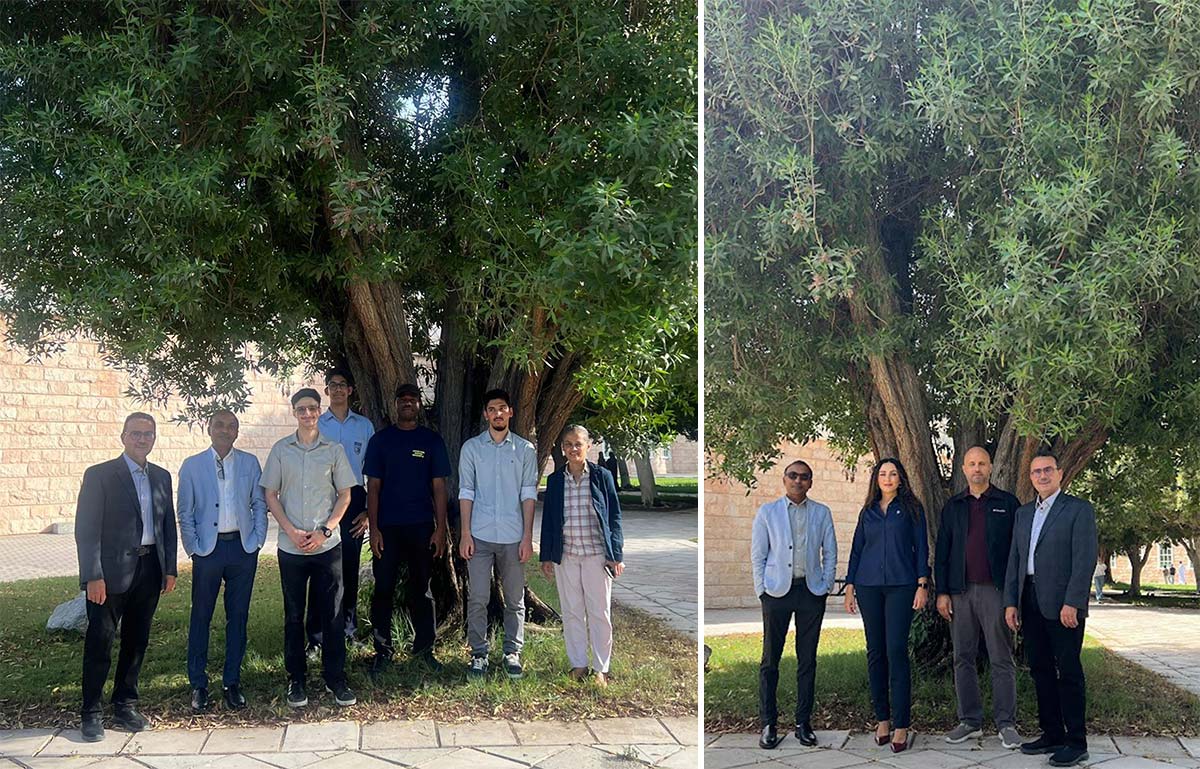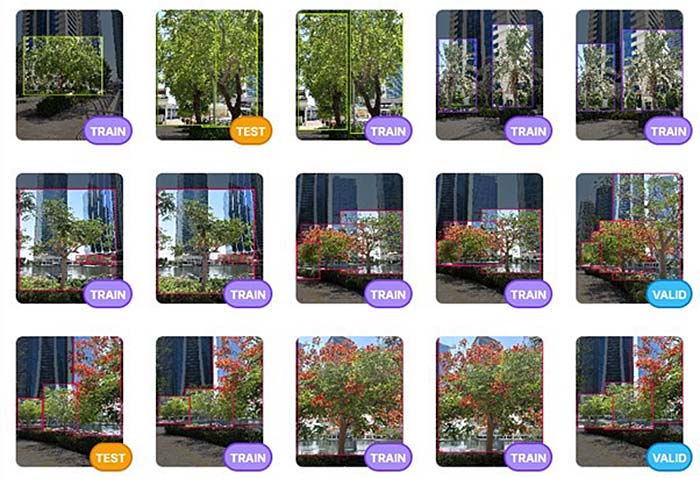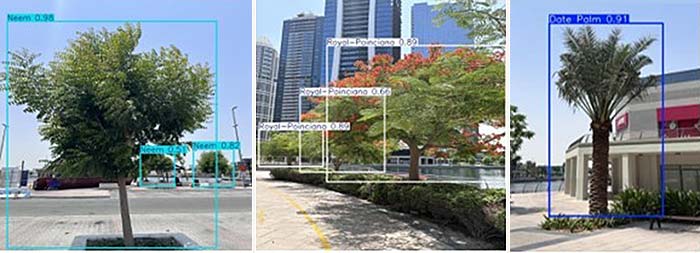
Dubai, September 2024 – In a groundbreaking initiative to combat climate change, students from the American University in Dubai (AUD) are developing leading-edge tools that combine artificial intelligence (AI) and blockchain technology to enhance the use of "Nature-Based Carbon Credits." These credits, generated from projects like reforestation and soil restoration, play a crucial role in capturing carbon dioxide and help companies and governments meet their Net-Zero goals.
The student-led project, involving an interdisciplinary team from the Engineering, Education and Biology disciplines, working along with the Tiger Standard Nature-based carbon credit team in India, aims to automate the traditionally manual processes involved in carbon sequestration validation. The project aligns with the United Nations’ Sustainable Development Goals (SDG) 13 (Climate Action) and 15 (Life on Land), and it addresses both environmental sustainability and community development.

The Role of Nature-Based Carbon Credits
Nature-based carbon credits are becoming a key element in the fight against climate change. They offer a financial incentive for companies to invest in Nature-based solutions such as reforestation, wetland conservation, and soil regeneration, all of which help absorb and store carbon from the atmosphere. The Tiger Standard Nature-based Carbon Credit, evolved over two decades and one of the most significant in this field, originated in the Western Ghats region of India, an ICUN-designated biodiversity hotspot (IUCN - the International Union for the Conservation of Nature is based in Switzerland and is a global network which serves as the reference scientific body on the global status of Nature). The Tiger Standard Carbon Credits establishes financial value for projects that integrate environmental and social sustainability with carbon sequestration.
AI-Powered Carbon Sequestration Models
The AUD project focuses on creating advanced deep-learning models to accurately detect deforested areas and initiate reforestation efforts. The students developed a Convolutional Neural Network (CNN) model with 98% accuracy in identifying tree species from images. This allows the team to select locally appropriate species for replanting in various deforested regions across Asia and Africa.

In addition, the project team is working on developing machine learning algorithms to predict the carbon absorption rates of different tree species. These algorithms factor in tree height, age, soil quality, geographical location, and other variables to accurately model both aboveground and underground carbon sequestration. To validate their models, the science department is conducting soil tests to measure carbon and fluorocarbon content, ensuring the accuracy of the predictions.


Blockchain-Based Carbon Credit Trading Platform
Alongside the deep-learning models, the students are also creating a blockchain-powered carbon credit trading platform. Blockchain’s decentralized, secure ledger ensures that transactions related to carbon credits are transparent and fraud-proof. By leveraging smart contracts, the platform automates the verification process for Tiger Standard Nature-based carbon credit projects, ensuring that credits are only issued when specific environmental criteria are met. This innovation streamlines the carbon credit market and ensures trust among participants.
The platform also empowers communities involved in sustainability projects by offering a secure and accessible space for trading carbon credits. By integrating blockchain technology, the project aims to make carbon offset transactions more efficient, reducing the risk of double-counting or fraud while supporting nature-based climate mitigation efforts.
A Holistic Approach to Sustainability
This project demonstrates how faculties and students working alongside ongoing ground developments models of the Tiger Standard can play a critical role in advancing global sustainability initiatives. By combining AI and blockchain with nature-based solutions, the AUD team is helping to modernize the carbon credit system while contributing to biodiversity conservation and community development.
The innovative project showcases how interdisciplinary collaboration can drive real-world change, transforming carbon sequestration processes and creating new opportunities for sustainable development. With the backing of technologies like AI and blockchain, nature-based carbon credits have the potential to become a more efficient, transparent, and impactful tool in the global fight against climate change.